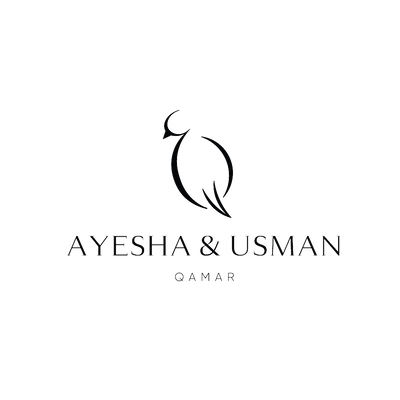Printed Silk
Printed silk refers to a length of silk yarn or silk garments that have patterns and designs in the form of prints on them. This is in contrast to the original form of introducing designs into a yarn of silk fabric by manipulating the weaving process so that the pattern was inseparable from the saree itself. Printed silk is a more contemporary form of stylizing silk and offers many benefits to the contemporary buyer in the form of cost-effectiveness (if machine printed) and versatility. In Pakistan, it has picked up in popularity since around the 2010s. The prints and motifs used in such manner have seen a lot of influence from pop-culture, modern art.

Background
Silk is one of the oldest fabrics used in Pakistan. Its use in royal garments, formal wear and opulent clothing is so great in the history of Pakistan, that many have forgotten its point of origin, which is China. Traditional experimentation with silk in terms of designing all trace back to tweaking the process of weaving the silk yarn. This is how brocades were produced that included a number of motifs made of different colored silk threads and/or metallic threads such as gold and silver.
However, in the last couple of decades, printing on silk has become very popular. Although, block printing is a practically a tradition in Pakistan, practiced by a number of communities for a very long time, industrially produced printed silk is only a recent phenomenon. This form of designing in the silk fabric has come about for the following reasons:
- The process is time efficient as well as less on human effort.
- A larger number of innovative, intricate designs can be produced in a smaller amount of time.
- Every element of printing, right from the color to the fabric, is industrially treated and cured so that the nature of the print is permanent and clean. In hand printing, there is always room for human error.
Variety
Hand Printing
Woodblock printing is another name given to this style of printing and is one of the most important cottage industries in the country. When done on silk, the textile becomes more expensive due to the man-hours spent on embellishing the fabric in just the right way. Hand printing as a cottage industry has emerged in a big way since there are certain communities in Pakistan, especially in Multan that practice the art specifically. Floral and butti motifs are commonly associated with Pakistan. Hand printed silk garments are extremely expensive and second only to hand embroidered or hand woven textiles.
Machine Printing
There is no dearth of prints that can be administered from a machine onto cloth. Although a block still has to be carved out with the intricate pattern that needs to be applied, the finish is a lot cleaner, the blocks last longer and the process is much faster. It has been observed that silk fabrics with concentrated prints are usually machine made, implying that machine printing is useful for close-together prints and needn’t be spaced apart for clarity as is the case with hand printing. One of the reasons why machine printed silk garments are so popular is because they use the most formal of all Pakistani textiles, i.e. silk, that is combined with rich prints that can even be in the color gold to give an impression of zari ka kaam in print. Machine Printed silk outfit are easier on the pocket as producing them comparatively low cost.
Maintenance
Silk as a fabric in itself is best maintained when dry cleaned. However, if it is to be washed then it should be dried in a shaded area. The colors on printed silk items are cured at the time of purchase, which is why there is no need to worry about leeching. Besides, silk is a very porous fabric that absorbs color very well.

